Debate
Home » Debate
Debate is a teaching methodology that helps learners research, study, and present their ideas about an important issue by preparing for a formal discussion. Thus, a lot of the process is about research and idea generation. The structure of the discussion is regulated by the debate format chosen (more on this later), the arguments and counterarguments presented are evaluated by a judge or jury, and a winning side is chosen.
Curious about the ins and outs of presenting an issue in a way that gets both sides heard? Read on!
1. Why debate is (still) a thing
Our earliest teachers of debate come from Ancient Greece, where philosophers to the likes of Socrates and Aristotle debated on a large spectrum of topics, from political to philosophical issues. Moving forward, debate took on a more formal shape, as US senators and presidential candidates battled it out with words starting as far back as the 1850s. But, what do we mean by debate in terms of teaching methods today? In a nutshell, debate is a collaborative and competitive approach in which teams research and present opposing points of view.
In a learning environment (like at school or L&D in an organization), debate can be used to drive engagement and knowledge building by having participants read, study, and research to then discuss any topics that are relevant, important, and legitimately have two sides, both of which could be argued for. It is a methodology that anyone can use and offers numerous high-demand skill-building opportunities, including:
- Critical thinking
- Persuasive writing
- Public speaking
- Self-confidence
- Teamwork
- Community-building
2. How to set up a proper debate
Interested in setting up this method as part of your training? Here is our simple step-by-step guide to help you design a proper debate:
- Prepare participants with common debating phrases and verbal and non-verbal debate etiquette.
- Choose a topic for the debate. Need to decide whether to use Agile or Waterfall methodologies for product management? Choosing an employee wellness initiative? Anything relevant and important to your organization goes.
- Divide participants into teams – pairs or groups that will argue for one side or the other of the issue. Random assigning is encouraged, for example, using a Random Team Picker. This is to ensure fair chance given to both sides of the issue, and that the process is bias-minimized.
- Research phase – set time (e.g. 1 hour) and expectations (e.g. use at least 3 sources) for collecting the facts. The shorter the prep time, the more competitive edge the debate will have!
- Structure the debate – prepare each side to present their arguments in an – introduction, main points, and conclusion – framework. Let’s take the Agile-Waterfall methodology example.

Team Agile – explain what the Agile methodology is (group 1), give some main advantages (group 2), and wrap up with your most convincing summary (group 3). Yes, you saw that right – depending on the number of participants, separate groups can be assigned to work on different parts of the presentation and share findings.
- The performance – it’s debate time! Each side presents its findings. First, let’s have the Agile group state their case, then Team Waterfall – take the mic! The trainer, in the role of a judge, takes notes for further evaluation.
- The results – discuss and reflect together – how did it go? Which side was more convincing? The team with the most sound argument wins!
While the actual debating takes place in just steps 6 and 7, it could not happen without the learning in all the prior activities building up to it.
3. How you can apply it on WeSchool
Use the Open Lesson feature in WeSchool to create a research and debate space for your team!
-
 Upload any necessary onboarding materials in the Modules section - the debate framework of your choice, debate phrases, evaluation guidelines, and any other resources you want to share with the group.
Upload any necessary onboarding materials in the Modules section - the debate framework of your choice, debate phrases, evaluation guidelines, and any other resources you want to share with the group. -
 Instruct participants to upload their research to the group and curate anything out of scope - Google Docs, Sheets, PDFs, and videos are all game! As well as +350 other possible integrations.
Instruct participants to upload their research to the group and curate anything out of scope - Google Docs, Sheets, PDFs, and videos are all game! As well as +350 other possible integrations. -
 Once you’re ready to start debating, in person, online, or a blended method are all possible, you can easily set everything up by using our Calendar & Activity Planner features.
Once you’re ready to start debating, in person, online, or a blended method are all possible, you can easily set everything up by using our Calendar & Activity Planner features.
4. Other debate models
What you just saw above is an adaptation of the World School Debate model that could be used in any learning environment. This is a solid model to refer to especially if you want to start out with a first debate, and it gives the option to evaluate on content (the facts!) as well as style and overall strategy. It’s not just the facts, it’s how you deliver them that matters!
Have a group of politically-savvy participants? Let them serve as Deputy Prime Minister in Parliamentary debate, where they will speak like law-makers, using terms like “This house believes that…” and “I support this motion!” This style of debate takes the competitiveness up a notch, where even groups on one side are competing against each other to be crowned winners. This could be a fun approach to adopt if dealing with any Human Resources or organizational matters in your workplace.
The Karl Popper Debate format necessitates rigorous research on both sides of the issue, from both sides, and usually on controversial topics. The debate flow consists of six uninterrupted speeches and four cross-examinations, or fiery cross-side Q&A. Use this if dealing with an urgent topic that needs to be clarified – like the pros and cons of switching your company over from Google to Microsoft by the end of the month.
Multi-sided debates are great if you are not in a rush. This framework shows how a debate session can be easily broken up into chunks and completed in more than one sitting.
Public Forum debate is a good one to use when there’s an issue that needs to be resolved. The special component not found in other debate models is that the evaluator is told what ethical value to focus on to frame the resolution, be it national security or the greatest good for the greatest number of people. This may be a good option when deciding on people-centered initiatives, like DEI and employee wellness strategy.
5. TL;DR: Debate in a nutshell
All in all, while any debate framework presents a strict set of rules to adhere to, they can be adapted as guidelines. Choose a topic important to your organization, break participants into teams, let them do some research, and present their findings. Discuss the results together at the end – whose case was more convincing?
Jump right back in
Ready to start debating on WeSchool’s learning platform?








